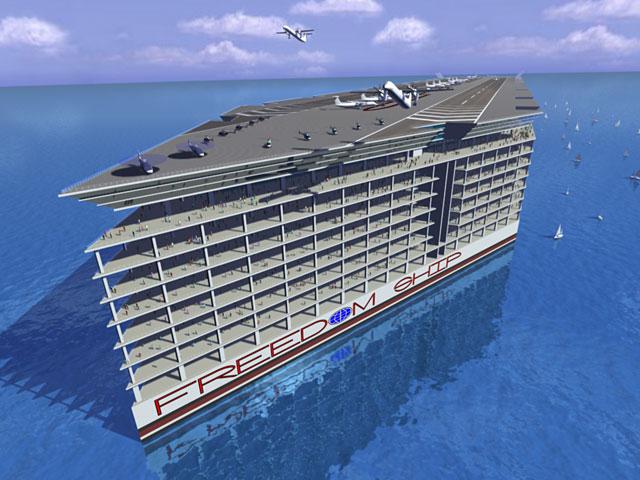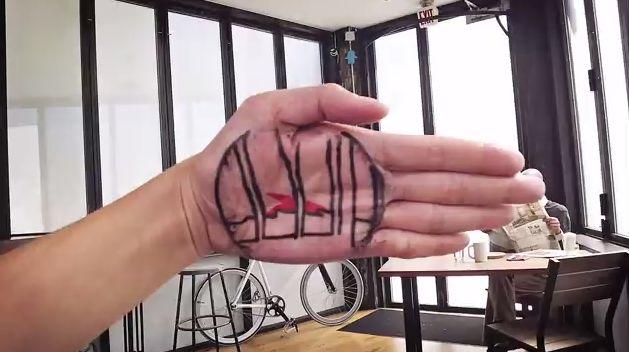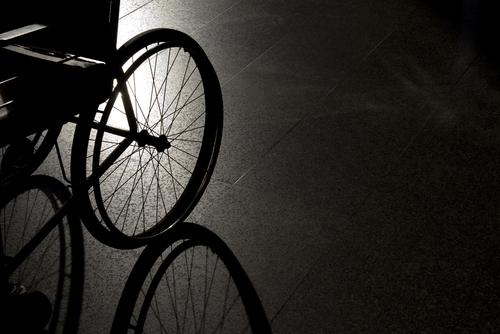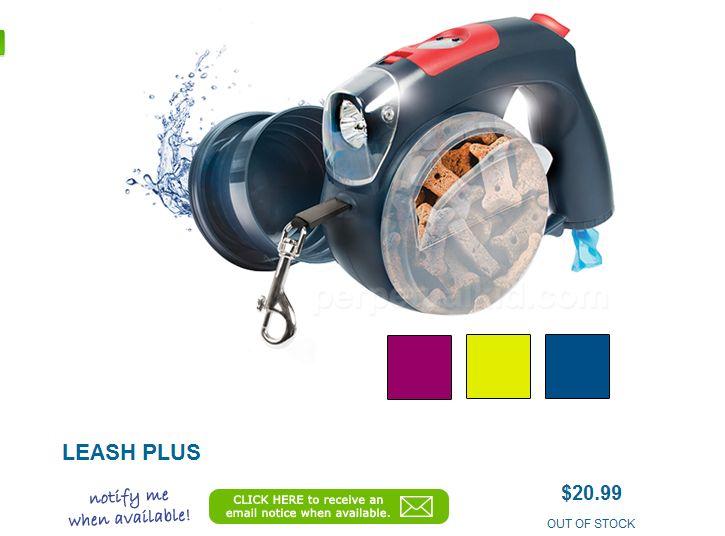With rampant urbanization and an ever-increasing world population, land is quickly becoming scarce. Freedom Ship International, a Florida-based company, is planning to build a $10-billion floating city.
The idea of building floating cities has been dismissed by many as unrealistic—the costs are high and maintenance may be difficult.
Roger Gooch, director and vice-president of Freedom Ship, told the Telegraph at the end of November that the company’s plans to build the city are again in action after a hiatus due to the economic climate.
“The Freedom Ship will be the largest vessel ever built, and the first ever floating city,” he said. “This will be a very heavily capitalized project and the global economy in the last few years hasn’t been too inviting for unproven progressive projects like ours.”
Gooch said, however, interest in the project is up and he is hopeful about raising the first $1 billion to start building.
The floating city would not be stationary. It would travel the world, circling the globe every two years and stopping at major ports. The ship would be a mile long and over seven hundred feet wide, built with airtight steel cells and equipped with a hundred diesel engines. It would be 25 storeys high with an airstrip to accommodate light aircraft.
It is designed to hold 40,000 permanent residents with room for an extra 30,000 visitors, 20,000 crew, and more. Schools, hospitals, shopping centers, art galleries, parks, business establishments, a casino, and many other features a modern city might offer, will all be available right on the ship.
Perhaps the most attractive feature is the absence of tax for its residents. However, residents will pay a hefty price to purchase their space on this tax haven.
Patri Friedman, American activist and economics theorist, told Business Insider via email: “I am still quite pessimistic. …Rather than trying to build a huge product and then sell it, startups now focus on creating the minimum viable product. ... When your minimum viable product is a mile-long city at sea that costs $11 billion, it’s time to go back to the drawing board.”




